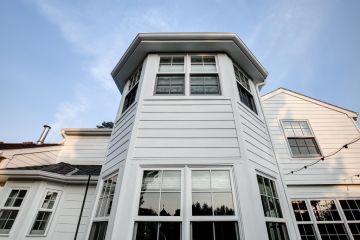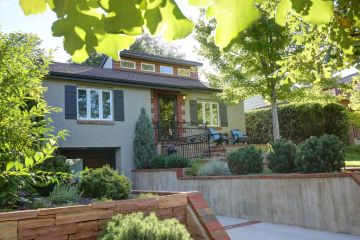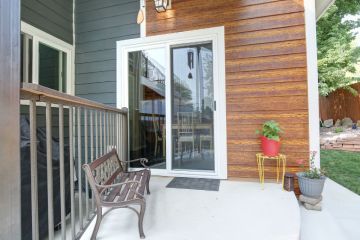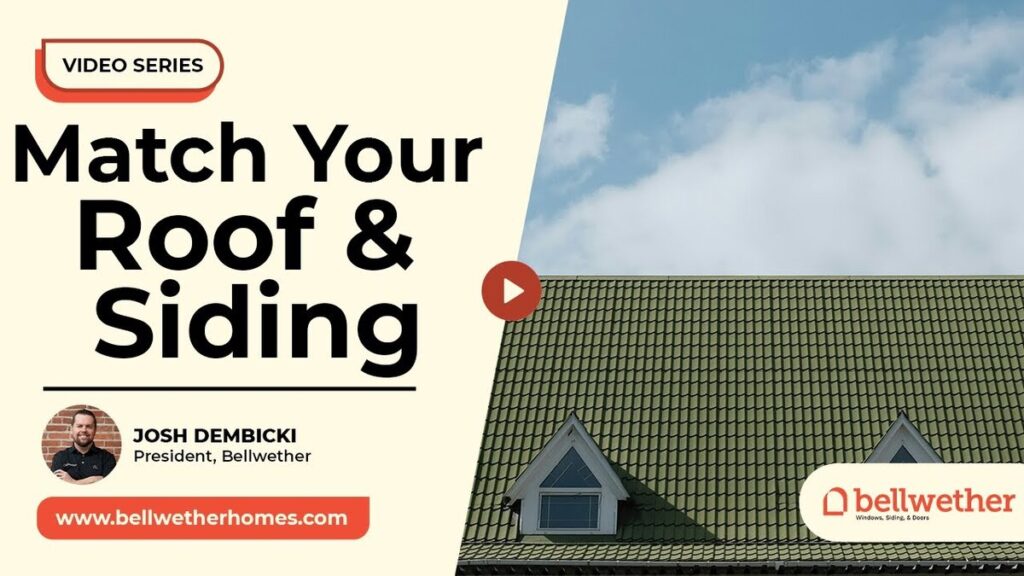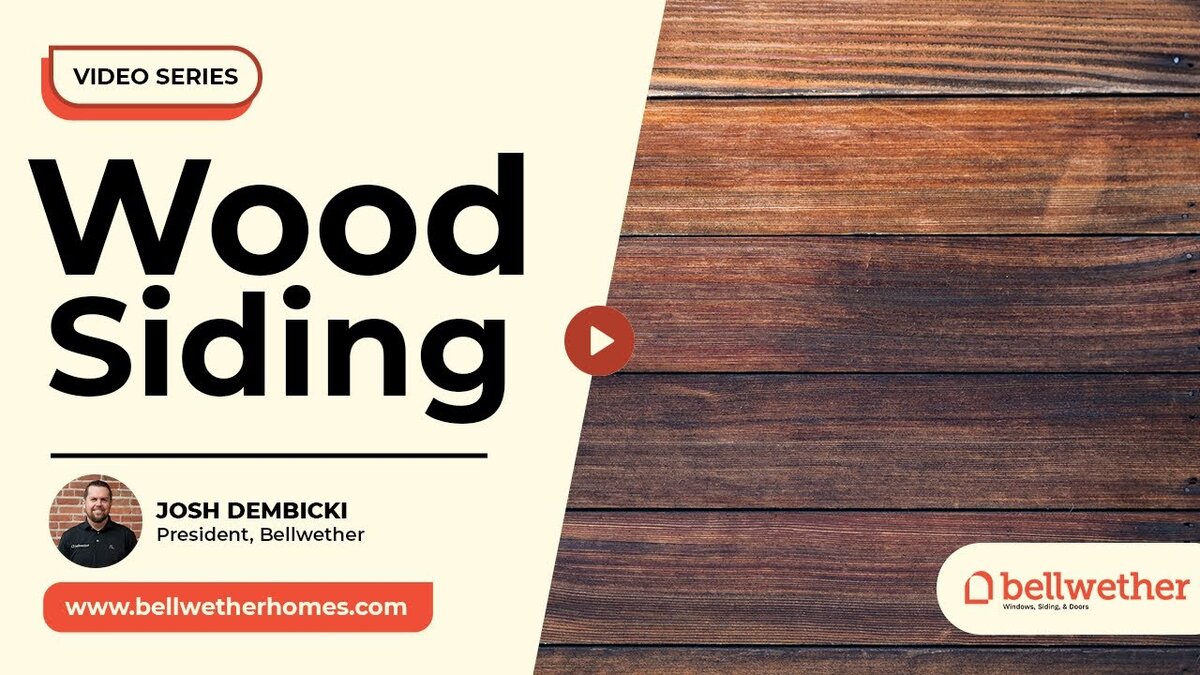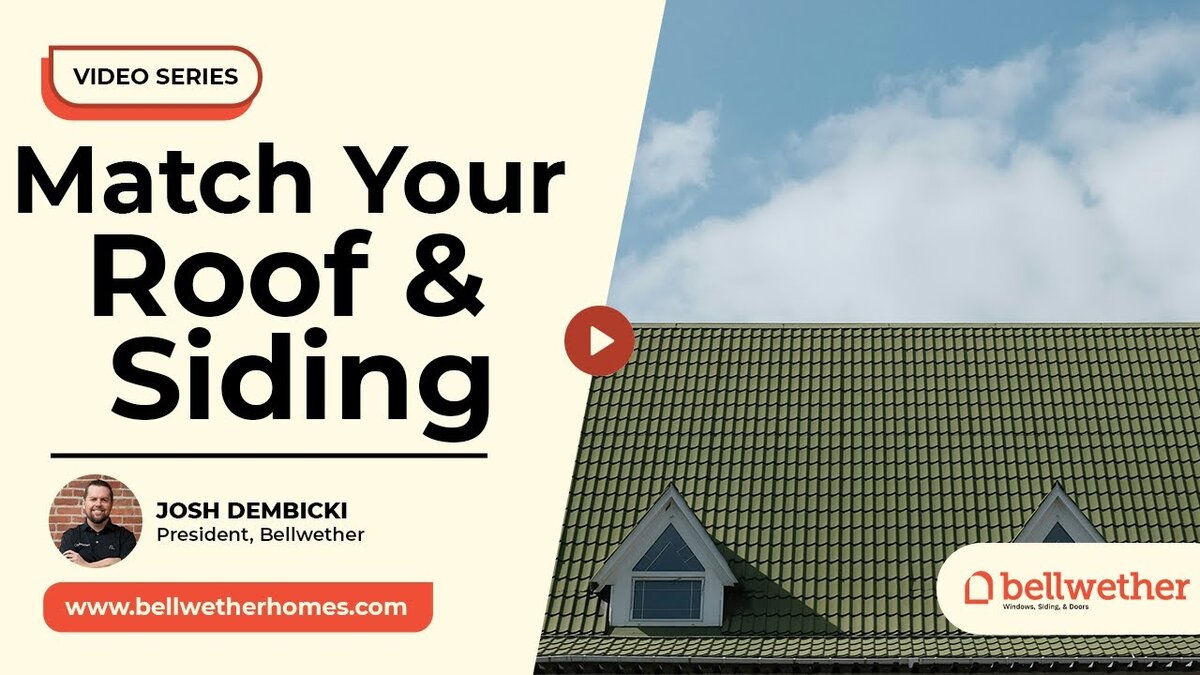The Colorado climate can take a toll on a home’s exterior—but it can also impact interior comfort levels and energy efficiency. With baking sun and quick, extreme temperature shifts, maintaining a steady indoor temperature can be tricky if your home hasn’t been properly constructed for energy efficiency. In this guide, we’ll discuss how to manage attic temperature in your Colorado home.
Attic Heat Reduces Energy Efficiency
One of the biggest challenges in managing interior temperature in your Colorado home is the attic space. Situated at the top of the house, it battles rising heat at the same time it bakes directly beneath the roof absorbing intense sunshine. In the summer months—but even on warm, sunny winter days—the attic heats quickly, often to an unbearable temperature. And though you can close off your attic, this heat collection builds and escapes into the rest of your home interior. You spend the summer months cooling your home to battle this extra heat factor.
Conversely, if the attic is not appropriately ventilated and insulated, you’ll battle for the opposite on cold, cloudy days. Rising heat from inside your home will escape into the attic space, pulling heat from your home. This creates a vicious cycle of increasing your heating temperatures, only to lose that energy as well. In both cases, the result is uncomfortable living space, energy inefficiency and higher utility bills.
Thankfully, at Bellwether, we understand how proper exterior cladding and proper wall preparation can vastly improve your energy efficiency. When you work with us on your home exterior renovation, we will help ensure that your walls and attic space are protected by the most energy efficient materials and installation.
Attic Ventilation with Soffits
One of the ways to control the temperature in your attic is to make sure that it is ventilated correctly. The easiest way to properly vent an attic is a vent in the roof, in the form of exhaust vents such as turbines, box vents, power vents, or ridge vents. These days, these are pretty standard, and they should be easy to spot at the top of your roof. If you don’t see these types of vents in your roof now, have them installed during your next roof replacement.
Vented soffits are another great options for attic ventilation, and can be used in addition to roof vents. These intake vents are located on the edge of your house, on the underside of the roof. They allow hot air to escape the attic and cool air to enter. There need to be enough soffit vents in relation to the size of the attic in order to be most effective, and our installation teams are familiar with these ratios.
In order for soffit vents to work efficiently, they must be kept clean and cannot be painted over. By managing proper air flow through the soffit vent, you ensure that heat can escape the attic. Soffit vents should be regularly monitored for heat escape. If too much hot air becomes trapped in the attic, rising temperatures can damage the roof structure and shingles. Trapped hot air can also increase moisture levels, even in Colorado. High moisture levels, especially near the roof, increase the risk of damage, such as rot and mold. Working soffit vents improve air circulation and prevent moisture buildup and related issues.
Install Attic Insulation
Insulation is an important part of the siding replacement process—and it is also a useful step in making your attic space safe and energy efficient. Insulation manages the hot air in your home by preventing both heat loss and heat gain. A good insulation in the attic and walls will serve as a barrier for extreme temperatures.
There are many different types of insulation, but our installation teams are experts. The better the R-value of the insulation, the better it will insulate your home—saving you more money and helping you better manage a comfortable home interior.
Furthermore, when you have Bellwether install insulation, we can seal cracks, holes, and gaps to keep hot air from entering or escaping your home. Air leaks can not only increase your utility bill, they can also become big enough to let in water—causing far bigger problems than energy inefficiency.
Fiber Cement Siding Improves Energy Efficiency
At Bellwether, we also believe in beautiful products that have high-quality function. As an Elite Preferred James Hardie contractor, we are proud to recommend James Hardie fiber cement siding as an added layer of protection to make your home energy efficient. Because fiber cement siding is a durable material built to withstand Colorado’s extreme weather, it goes a long way in helping you maintain your home’s interior temperature while keeping the outdoor elements out.
When we complete a siding replacement, we take the walls down to the bottom layer, building them back up with complimentary, energy-efficient materials, including a choice of spray insulation or fiberglass batts. During this process, we can also insulate your attic. We install all parts of the siding, including trim, fascia, and soffits—so during the installation, we can also address your ventilation concerns.
Keep in mind that our installation services extend to energy-efficient doors and windows, which will also have high-impact on your home’s interior temperature and efficiency.
Your home exterior should work as a comprehensive protective shell, not only to shield you from the outdoor environment, but to make sure your home interior is efficient and comfortable. Let us help assess your home siding needs and other options for making your home as efficient as possible.



